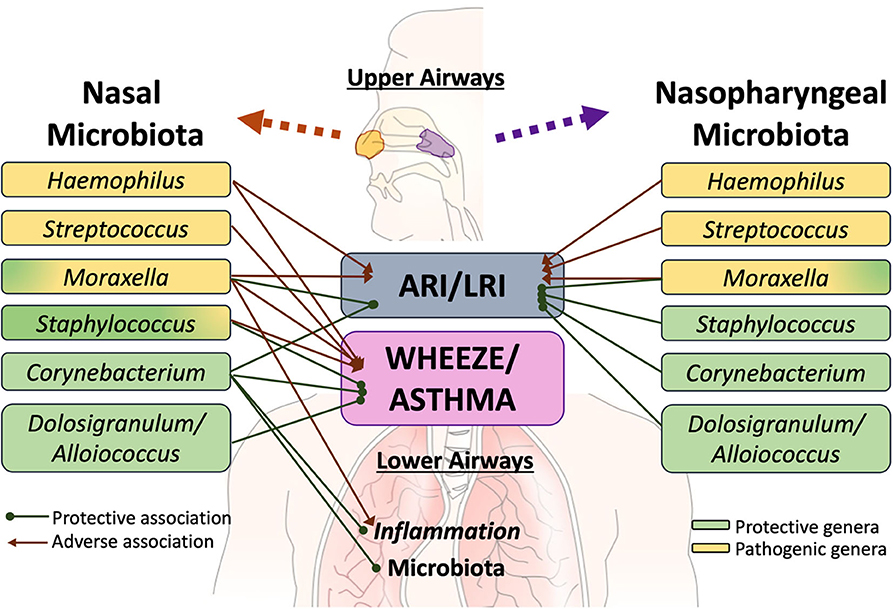Upper respiratory tract infections, commonly referred to as URTIs, are among the most frequent health issues affecting people of all ages. These infections occur in the upper part of the respiratory system, which includes the nose, throat, sinuses, and larynx. While they are typically mild and resolve on their own, understanding their causes, recognizing their symptoms, and knowing how to manage them is crucial for maintaining good health.

What Are Upper Respiratory Tract Infections?
Upper respiratory tract infections encompass a wide range of illnesses that affect the structures involved in breathing. These include conditions such as the common cold, sinusitis, tonsillitis, laryngitis, and pharyngitis. Each of these conditions targets specific areas within the upper respiratory system but shares similar characteristics in terms of causes and symptoms.
The infections can be caused by viruses or bacteria, with viral infections being far more common. They are highly contagious and spread easily through close contact with infected individuals, making them particularly prevalent in crowded environments like schools, offices, and public transportation.
Common Causes of Upper Respiratory Tract Infections
Understanding the root causes of these infections is essential for prevention and effective management. The majority of upper respiratory tract infections are caused by viruses, although bacterial infections can also occur in some cases.
Viral Causes
- Rhinoviruses: These are the primary culprits behind the common cold and are responsible for a significant number of upper respiratory infections.
- Influenza Viruses: These viruses cause the flu, a more severe form of respiratory illness that often affects the upper respiratory tract.
- Adenoviruses: These viruses can lead to a variety of symptoms, including sore throat, fever, and inflammation of the throat and respiratory passages.
- Respiratory Syncytial Virus (RSV): This virus is especially common in young children and can cause bronchiolitis and pneumonia in addition to upper respiratory symptoms.
Bacterial Causes
- Streptococcus Pyogenes: This bacterium is responsible for strep throat, a painful infection of the throat and tonsils.
- Haemophilus Influenzae: Although less common, this bacterium can cause sinusitis and other forms of upper respiratory infections.
- Moraxella Catarrhalis: Often associated with middle ear infections, this bacterium can also contribute to sinusitis.
Symptoms of Upper Respiratory Tract Infections
The symptoms of these infections vary depending on the specific condition and the area of the respiratory system affected. However, there are several common signs that indicate an upper respiratory tract infection.
General Symptoms
- Nasal congestion or a runny nose
- Sneezing
- Coughing
- Sore throat
- Fever, which may be mild or moderate
- Headache
- Fatigue or general weakness
Condition-Specific Symptoms
- Sinusitis: Pain or pressure around the eyes, cheeks, or forehead; thick nasal discharge; and postnasal drip.
- Tonsillitis: Swollen and red tonsils, difficulty swallowing, and white or yellow patches on the tonsils.
- Laryngitis: Hoarseness or loss of voice, dry cough, and a sensation of tickling in the throat.
- Pharyngitis: Severe sore throat, swollen lymph nodes in the neck, and sometimes difficulty swallowing.
Risk Factors for Upper Respiratory Tract Infections
Certain factors increase the likelihood of developing an upper respiratory tract infection. Being aware of these risk factors can help individuals take preventive measures.
- Weakened immune system due to stress, poor nutrition, or underlying medical conditions
- Close contact with infected individuals, especially in crowded or poorly ventilated spaces
- Seasonal changes, as infections are more common during colder months
- Smoking or exposure to secondhand smoke, which irritates the respiratory system
- Age, with young children and older adults being more susceptible
Diagnosis of Upper Respiratory Tract Infections
Diagnosing these infections typically involves a physical examination and a review of symptoms. In some cases, additional tests may be required to determine the exact cause of the infection.
Physical Examination
A healthcare provider will examine the throat, ears, and nasal passages to check for signs of inflammation, swelling, or discharge. They may also listen to the lungs to rule out lower respiratory infections.
Laboratory Tests
- Throat swabs to detect the presence of bacteria like Streptococcus pyogenes
- Blood tests to assess white blood cell counts and identify signs of infection
- Imaging tests, such as X-rays, to evaluate sinus or lung involvement in severe cases
Treatment Options for Upper Respiratory Tract Infections
The treatment approach depends on whether the infection is viral or bacterial. Most viral infections do not require specific medication and resolve on their own with supportive care. Bacterial infections, however, may need antibiotics.
Supportive Care for Viral Infections
- Rest to allow the body to recover
- Hydration by drinking plenty of fluids to prevent dehydration
- Over-the-counter medications to relieve symptoms such as pain, fever, and congestion
- Steam inhalation or saline nasal sprays to ease nasal congestion
Antibiotics for Bacterial Infections
If a bacterial infection is confirmed, a healthcare provider may prescribe antibiotics. It is important to complete the full course of antibiotics as directed to prevent the development of antibiotic resistance.
Preventive Measures for Upper Respiratory Tract Infections
Preventing these infections involves adopting healthy habits and minimizing exposure to pathogens. Here are some effective strategies:
- Washing hands frequently with soap and water, especially after being in public places
- Avoiding close contact with individuals who are sick
- Keeping surfaces clean and disinfected, particularly in shared spaces
- Boosting the immune system through a balanced diet, regular exercise, and adequate sleep
- Getting vaccinated against influenza and other preventable respiratory illnesses
When to Seek Medical Attention
While most upper respiratory tract infections are mild, certain symptoms warrant immediate medical attention. These include:
- High fever that persists for more than a few days
- Severe sore throat accompanied by difficulty breathing or swallowing
- Prolonged coughing that produces green, yellow, or bloody mucus
- Chest pain or shortness of breath
- Symptoms that worsen instead of improving over time
Special Considerations for Children
Children are particularly vulnerable to upper respiratory tract infections due to their developing immune systems and frequent exposure to germs in school or daycare settings. Parents should monitor their children closely and seek medical advice if symptoms persist or worsen.
- Encourage proper hand hygiene from an early age
- Ensure children receive recommended vaccinations
- Keep sick children at home to prevent spreading the infection to others
Managing Recurrent Infections
Some individuals experience recurrent upper respiratory tract infections, which may indicate an underlying issue such as allergies, chronic sinusitis, or a weakened immune system. In such cases, it is important to consult a healthcare provider for a comprehensive evaluation and personalized treatment plan.
Potential Underlying Conditions
- Allergic rhinitis, which can mimic or exacerbate symptoms of respiratory infections
- Chronic sinusitis, characterized by persistent inflammation of the sinuses
- Immune deficiencies that make individuals more prone to infections
Long-Term Strategies
- Identifying and avoiding allergens or irritants
- Using prescribed medications, such as nasal corticosteroids, to manage chronic conditions
- Working with a healthcare provider to address immune-related concerns





